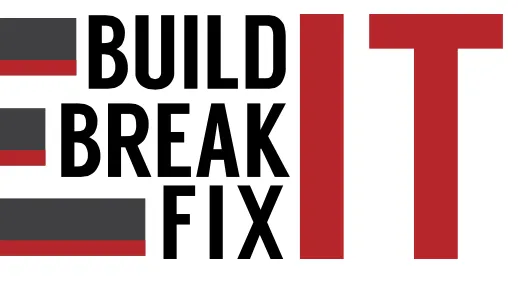
After going head-to-head for three intense rounds of competition, three teams were selected as winners in the second annual Build It, Break It, Fix It cybersecurity contest.
The online competition—launched in 2014 by faculty and graduate students in the Maryland Cybersecurity Center (MC2)—has cybersecurity experts judging participating teams on two separate tasks: building a secure system (Build It) and finding flaws in opponents’ systems (Break It). During the final round (Fix It), builders attempt to fix any problems in their original submissions that were identified by other breaker teams.
“Team woopwoop” from University of Cincinnati took first place in the Build It category, with Purdue University’s “Team b01lers” taking second place in the Build It category and first place in the Break It category. “Team Archonauts” from Stanford University placed second in the Break It category.
In addition to bragging rights, the first-place Build It team received a cash prize of $2,400, while the second-place finishers in that same category won $1,500. The first-place Break It team was awarded $2,000, while the second-place team took home $1,250.
“The contest tests the students' understanding of network protocols, cryptography, and normal software implementation,” says Mike Hicks, a UMD professor of computer science with an appointment in MC2 who conceived the competition. “I was pleased at what the teams were able to do overall. Many of the teams came up with solid designs, and many others found clever attacks against other teams’ submissions.”
This year’s contest drew the interest of 72 university teams from across the country, including 14 teams from UMD.
Additionally, 101 teams from a specialization in cybersecurity Massive Open Online Course (MOOC)—taught on the popular Coursera platform by MC2 faculty—participated in the contest. The Coursera students were judged separately and received course credit for their participation.
Sean Richardson, the sole member of the University of Cincinnati’s Team woopwoop and a final-year computer science master’s student, says he was excited to win this year’s competition. He placed second in the Break It category last year.
“The thing I enjoyed most about the competition was having a legitimate predefined task and goal to work towards,” he says. “There are many ways to learn something and a professor can lecture to you until they are blue in the face, but, in my opinion, having an actual hands-on task that is checked and measured for bugs is the best kind of learning experience.”
Contest sponsors included MC2, Leidos, Accenture, Galois, Trail of Bits, Synopsys, Lockheed Martin and the National Science Foundation.
See the final scoreboard and photos of the winning teams here.